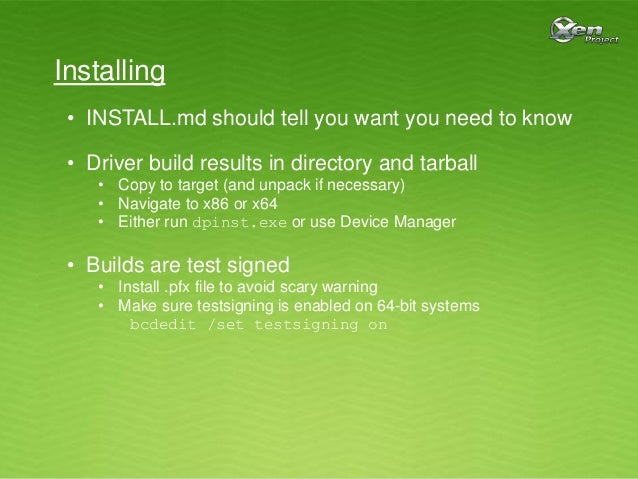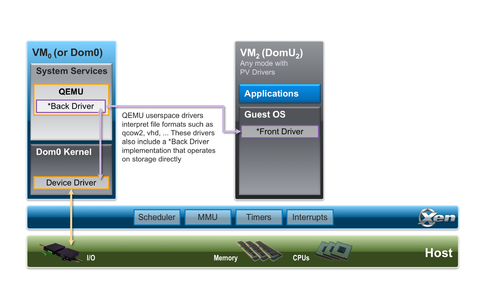
When converting or replicating VMware virtual machines as Amazon instances, you can install Xen drivers on Linux guest VMs before replicating the VMs. This enables the required drivers to be in place when the Amazon instances are created, so that the Amazon instance can be started and users can access the instance.

Xen Driver Download Windows 7
XenServer Tools consists of I/O drivers (also known as Paravirtualized drivers or PV drivers) and the Management Agent. The I/O drivers contain storage and network drivers, and low-level management interfaces. These drivers replace the emulated devices and provide high-speed transport between Windows and the XenServer product family software. Citrix regularly delivers updated versions of these drivers as driver disk ISO files. Refer to the following table to see the driver versions that are included in the base installation for each version of XenServer or Citrix Hypervisor. If an update is available for a driver, the table also includes a link to the latest driver disk update. Download the driver disk directly to the XenServer host to be updated (Citrix recommends storing it in the /tmp/ directory), or first download the file to an Internet-connected computer, and burn the ISO image to a CD. Use XenCenter to access the XenServer host's console, or log in directly using SSH. Mount the driver disk image. Download Citrix Hypervisor product software, evaluation and trial software, sources, tools, XenConvert and hotfixes. Downloads The Windows PV Drivers are built individually into a tarball each. To install a driver on your target system, unpack the tarball, then navigate to either the x86 or x64 subdirectory (whichever is appropriate), and execute the copy of dpinst.exe you find there with Administrator privilege.
Before You Begin

Citrix Xen Display Driver Download
Log on to the Linux VM as a root user.

Procedure
On Linux VMs running CentOS or RHEL, perform the following steps:
Download XenApp - Citrix
- To identify the current kernel version, run the following command:
uname -r
- Go to the /boot folder:
cd /boot
- Take a backup of the .img file for the kernel.
- Open the editor to edit the dracut.conf configuration file:
vi /etc/dracut.conf
- Uncomment the line that contains the string 'add_drivers'.
- Add the xen-blkfront and xen-netfrontdriver module names to the line with spaces separating each module. (Do not include the .ko suffix in the driver module name.)
For example:
add_drivers+='xen-blkfront xen-netfront'
- Return to the /boot folder:
cd /boot
- Recut the initramfs:
dracut -f -v
Last modified: 10/13/2020 6:39:42 PM
Tesla Driver for Windows
| ||||||||||||||